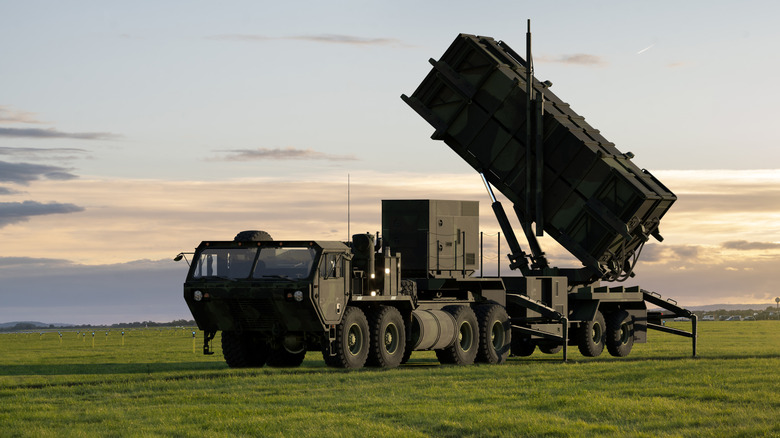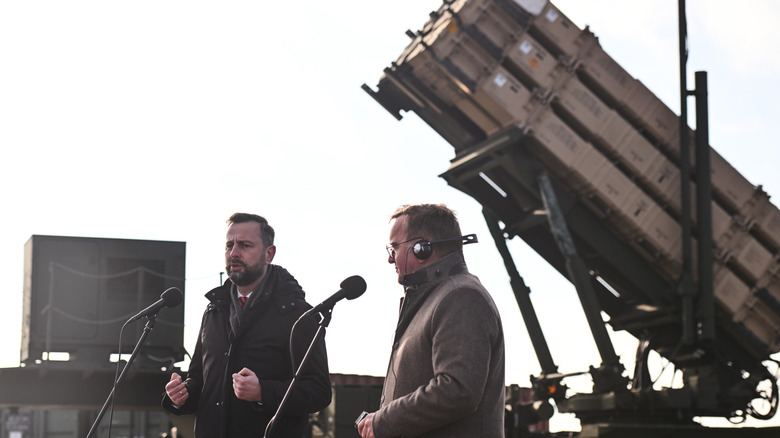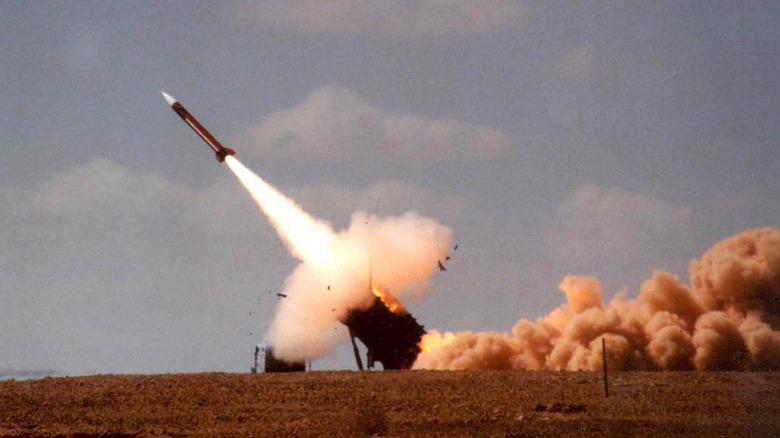Who Manufactures The Patriot Missile System, And Where Are The Weapons Built?
The Patriot missile system is one of America's most powerful tools when it comes to defending against incoming threats like ballistic missiles, aircraft, or even the best military drones. But behind this high-tech shield is a collaboration between two of the biggest names in U.S. defense — Raytheon and Lockheed Martin. Raytheon takes the lead on system integration, the radar, and the launch units, while Lockheed Martin builds the PAC-3 missiles, which are the heart of the system's intercepting power.
The production is spread across different states. Raytheon's facilities in Massachusetts focus on the radar and control systems, while Lockheed Martin handles missile manufacturing in Florida. Together, they keep the Patriot system up to date and battle-ready. But now, with demand for Patriot systems soaring in Europe, Raytheon is expanding its production footprint across the continent. New partnerships in countries like Germany and Spain are helping scale up manufacturing, with the goal of doubling global output by 2028. Originally developed under a project called SAM-D back in the 1970s, the system got its iconic name — "Patriot" — in 1976. It was meant to reflect national pride, and it's done just that for decades now.
Inside the Patriot Missile System: parts and production
The Patriot air defense system isn't just one piece of hardware, but a full setup made up of radars, launchers, and control units. Each battery includes up to eight missile launchers, a radar system that can track up to 100 targets, and an engagement control station manned by three soldiers. A full battery needs around 90 people to operate and support it, although not every station needs to be constantly manned. The radars help scan and track threats, and they work with secure data links to guide the missiles in real-time.
The missiles themselves come in different types. Raytheon produces an upgraded PAC-2 variant called GEM-T, while Lockheed Martin builds the more advanced PAC-3 MSE. The PAC-3 missile is smaller and lighter, so each launcher can carry up to 16 of them. These newer missiles don't use traditional warheads — instead, they hit their target directly with high-speed impact, a method known as "hit-to-kill." They also have their own onboard radar and guidance computers, giving them the ability to self-navigate in flight.
Global demand and strategic importance
While the U.S. Army arsenal has a large stock of Patriot Missile Systems, they are not the only one using this advanced technology. In fact, over 18 countries have bought or deployed it, including Japan, Israel, Saudi Arabia, and several NATO allies. Poland, Sweden, Switzerland, and Romania are among the latest European buyers. Raytheon even secured a $5.6 billion deal in 2024 through its joint venture COMLOG to deliver more GEM-T missiles to NATO. These systems are in such high demand that the U.S. now faces a shortage after heavy use in global conflicts, including Ukraine.
Every year, about 600 Patriot missiles are produced, but with new threats like Iran's large stockpile of ballistic missiles, the strain is showing. That's why the U.S. has recently limited overseas transfers, with some shipments paused. The technology continues to evolve — from improved radar systems to wideband upgrades and smart user interfaces. And as the need for these missile grows, so does the importance of the people and companies building it all behind the scenes.


